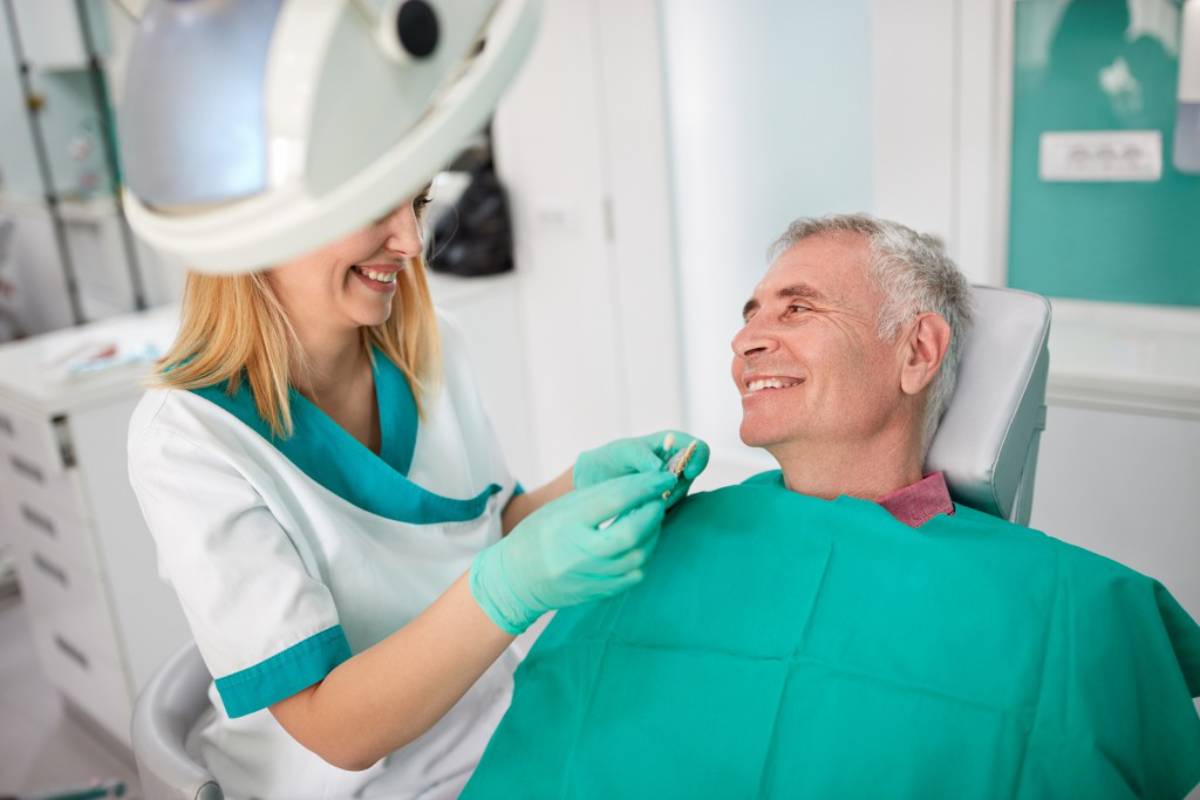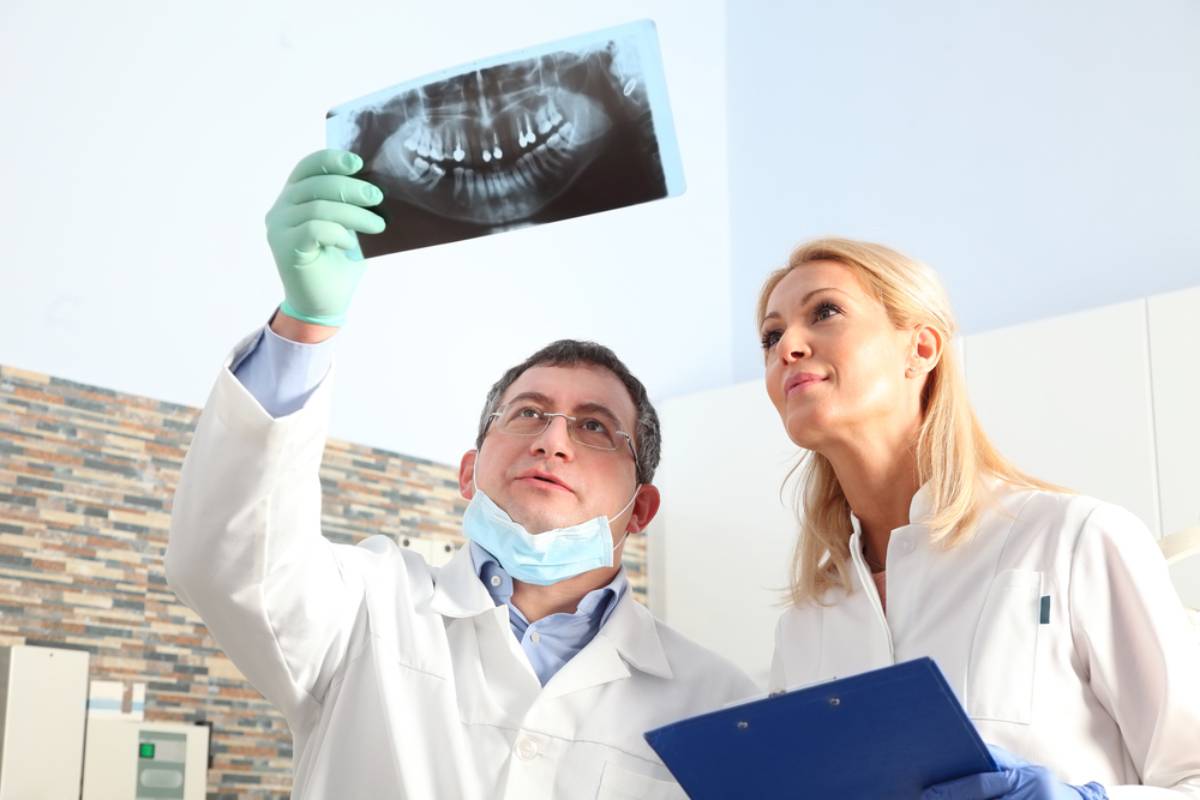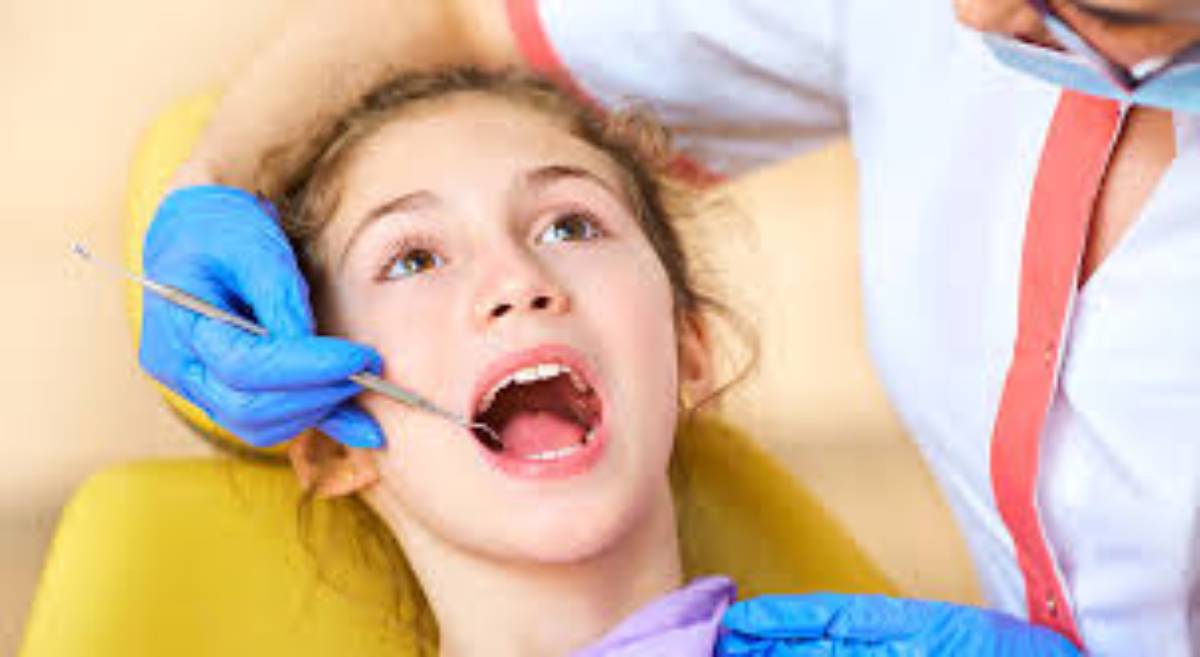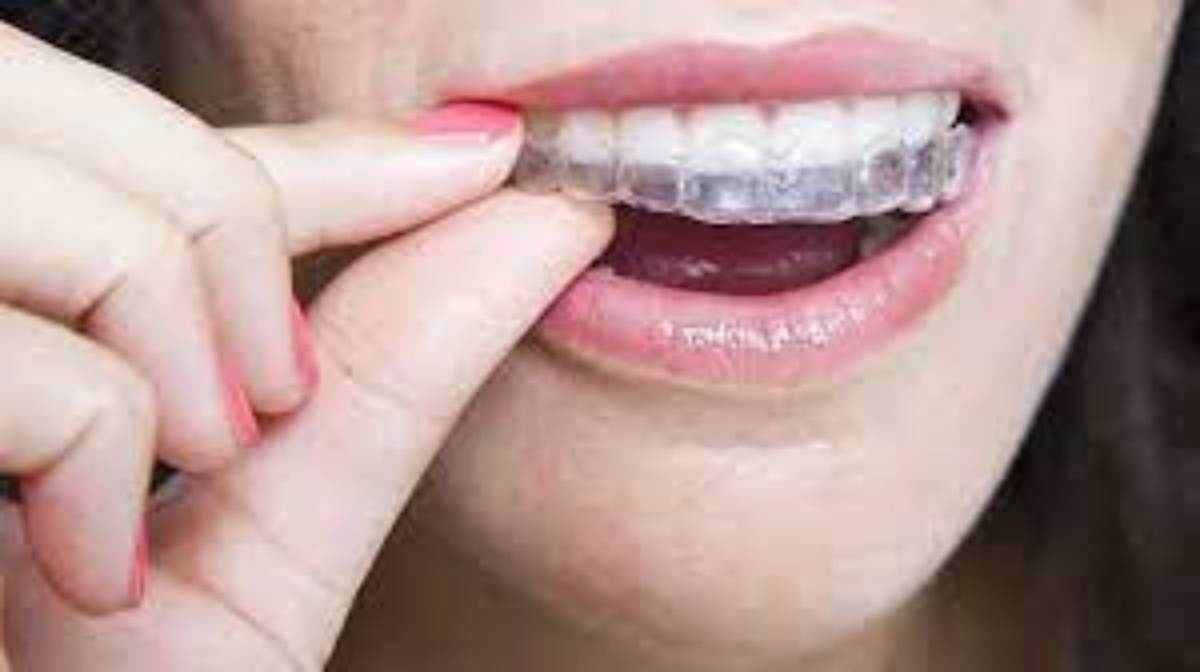Orthodontic treatment can be life-changing, but sometimes emergencies can arise that require immediate attention. Whether you have traditional braces or invisible braces such as Alina, it’s important to know how to handle these situations. In this guide, we’ll go over some common orthodontic emergencies and how to manage them.
Loose or Broken Brackets
If a bracket becomes loose or breaks, it can cause discomfort or pain. If possible, use dental wax to cover the bracket and prevent it from rubbing against your gums or cheek. Contact your orthodontist as soon as possible to schedule an appointment for a repair.
Poking or Broken Wires
A poking or broken wire can be irritating or painful. Using the eraser end of a pencil, push the wire down so it is no longer poking or use dental wax to cover the wire. If the wire is broken, contact your orthodontist to schedule an appointment for repair.
Lost or Broken Retainer
If you lose or break your retainer, contact your orthodontist as soon as possible to schedule an appointment for a replacement. In the meantime, wear your last retainer as much as possible to prevent your teeth from shifting.
Tooth Pain or Sensitivity
Tooth pain or sensitivity is common during orthodontic treatment. If you experience discomfort, take over-the-counter pain medication as directed and apply a warm compress to the affected area. If the pain persists or becomes severe, contact your orthodontist.
Managing Orthodontic Emergencies with Invisible Braces
If you have invisible braces such as Alina, managing orthodontic emergencies is relatively easy. Here are some tips:
Use Dental Wax
If you experience discomfort or irritation from your clear aligners, use dental wax to cover the affected area and prevent rubbing.
Contact Your Provider
If you experience an emergency with your Alina aligners, contact your provider as soon as possible to schedule an appointment for repair or replacement.
Stay on Schedule
Make sure to wear your Alina aligners as directed to avoid delays in your treatment plan.
Alina Invisible Braces
If you’re considering orthodontic treatment, Alina Invisible Braces may be a great option for you. With all the benefits of clear aligners, Alina is affordable and convenient. And with 24/7 access to dental professionals, you can rest assured that you’ll receive the best care possible. Contact an Alina provider today to learn more about how invisible braces can benefit you.










